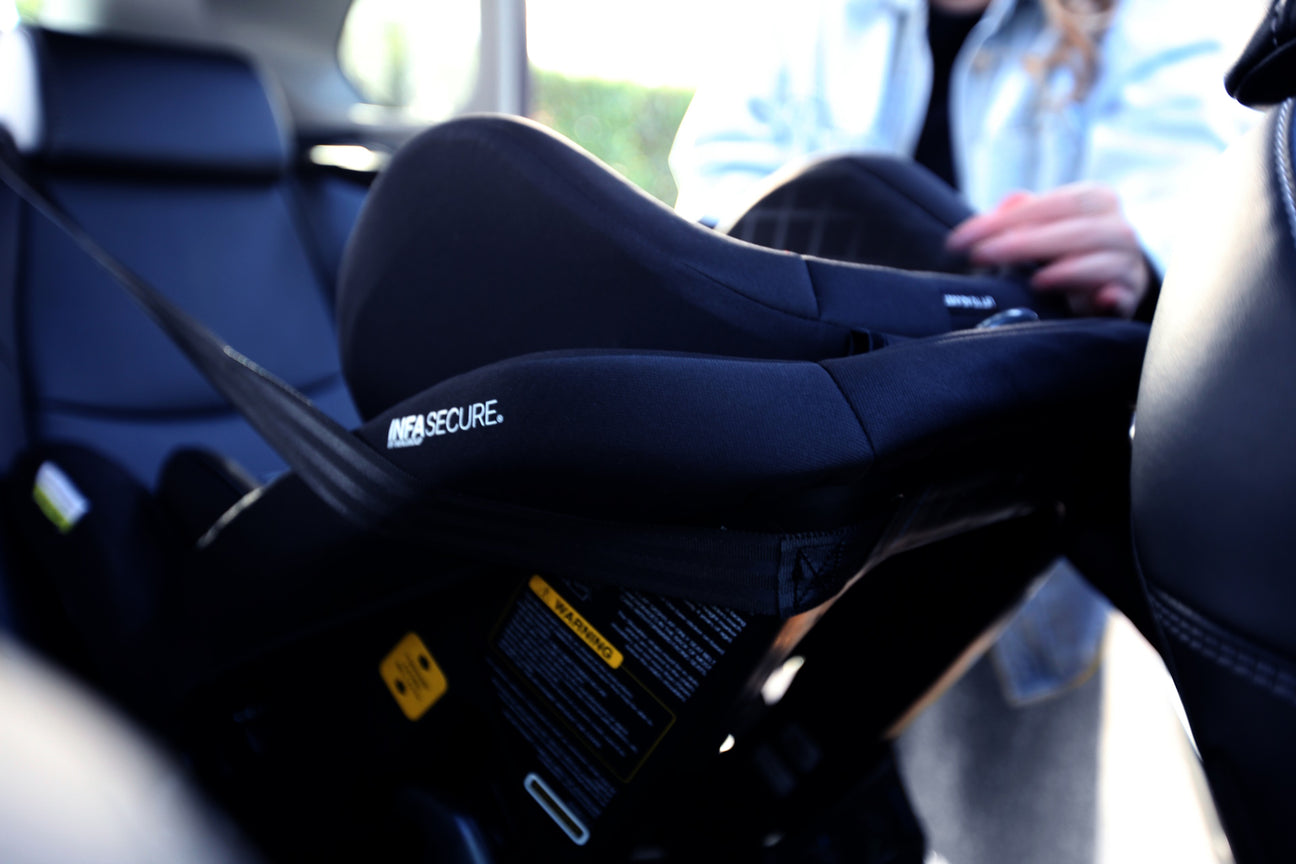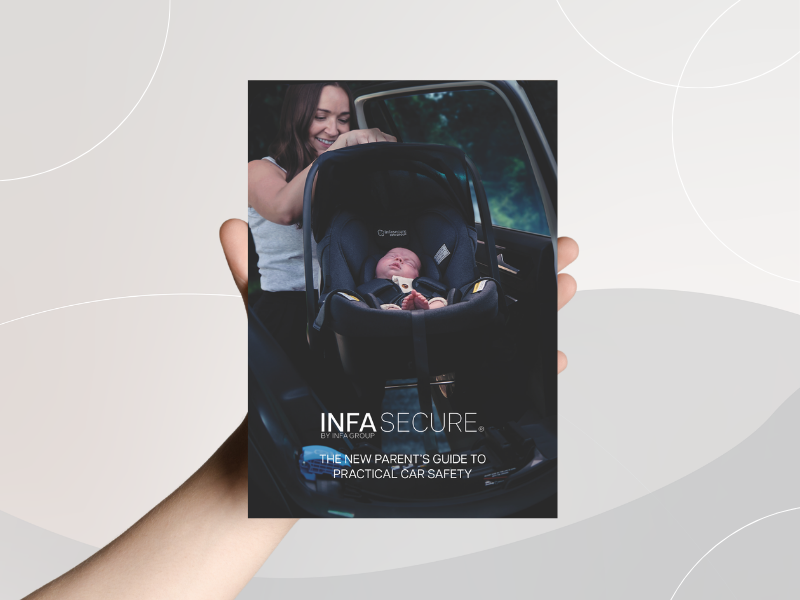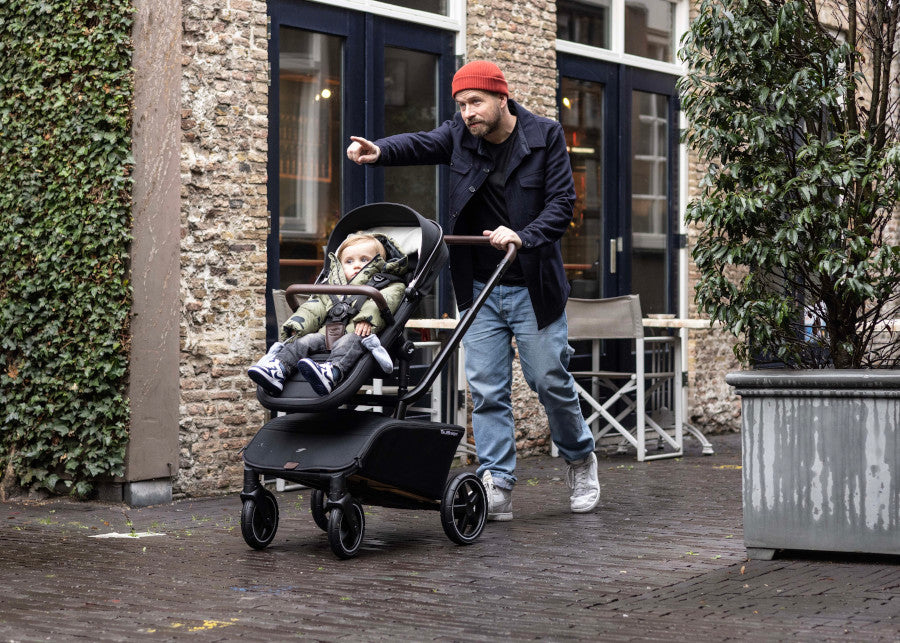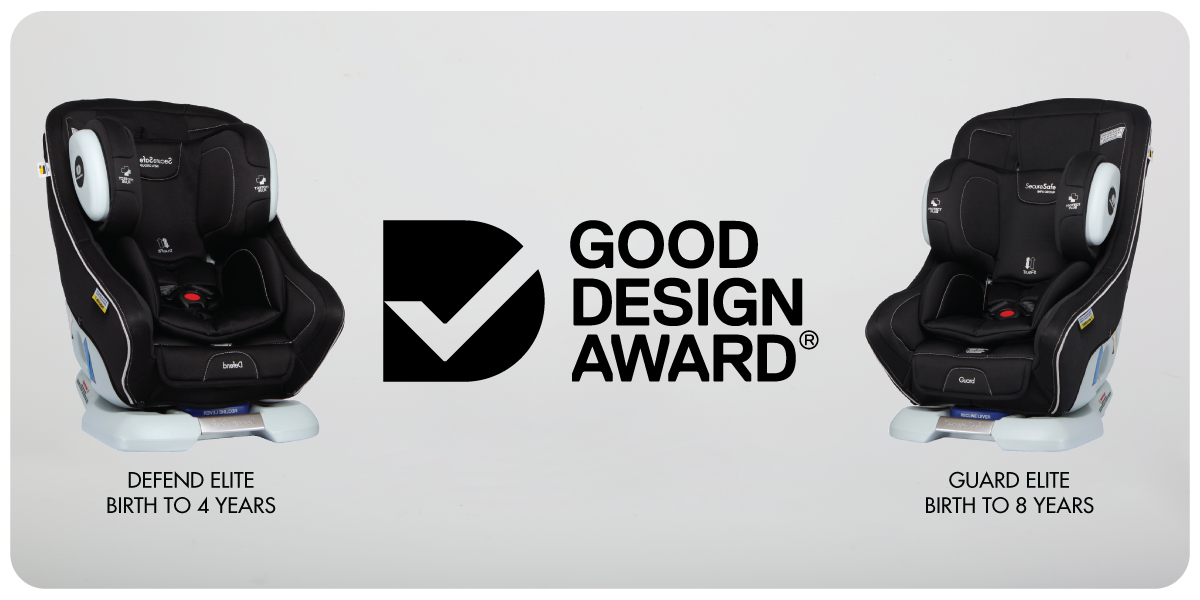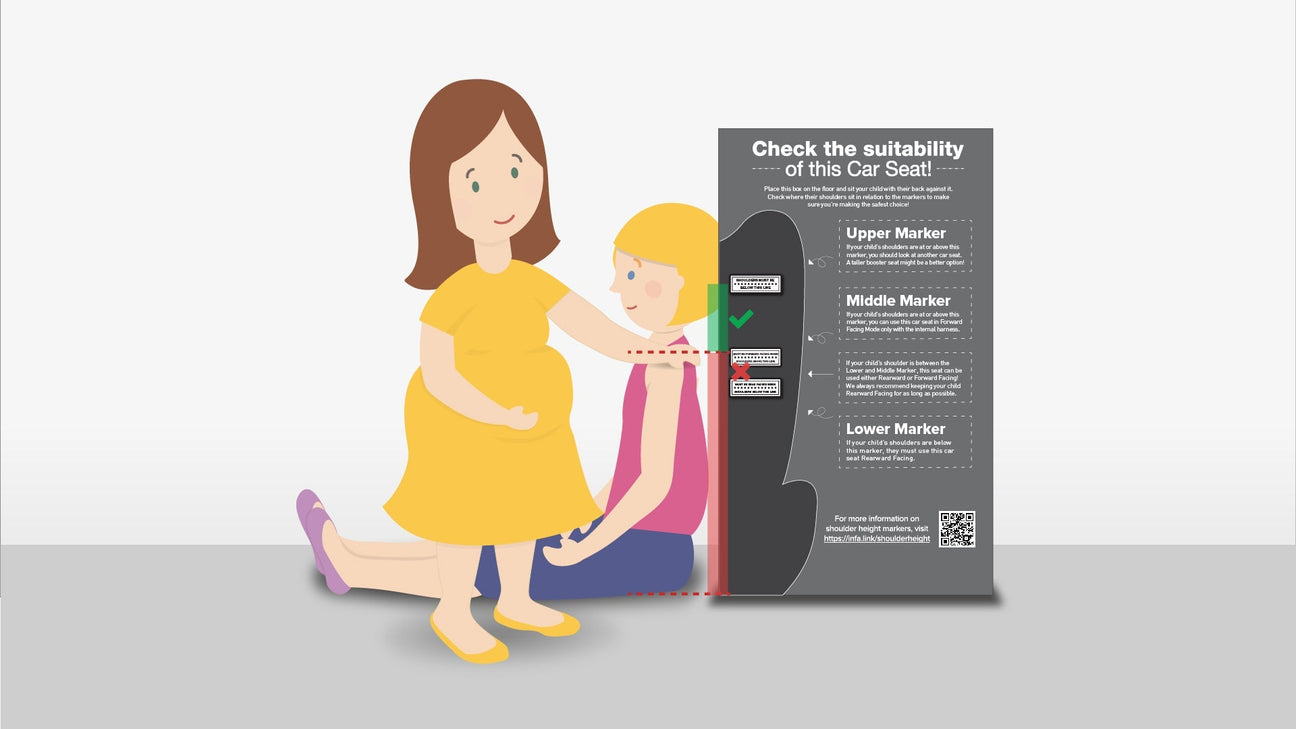We've talked about age and how it relates to child restraints before, but with the publication of the new national guidelines and the current debate online and in the media surrounding the 'booster to 12 years' recommendation, we thought it would be a good idea to take another look at age and remind people not to lose sight of the bigger picture.
Age isn't the best metric.
Humans are funny things. We come in all shapes and sizes, and that's how things are from the very start. You often hear about very large babies being born (ouch!), and just as often see pictures of tiny premmies. The real kicker though, is that by 12 or 24 or 36 months that tiny premmie may actually grow to be larger than Mister / Miss Ten-Pounds At Birth.
Kids can be vastly different sizes at the same age. Your two year old may tower over my two year old. Your 12 year old may tower over you! We deal with this concept every day of our lives - it's this reason that clothing is sized according to the physical size of a person, rather than their age. Imagine buying a pair of pants 'suitable for use between 24 years to 28 years old' - ridiculous, right?
The reason age is so often referenced in relation to child restraints is because that is how the road rules are written, and they're written that way so they're easier to understand for parents and easier to enforce by police. But we've said it a number of times - the law is the minimum when it comes to car safety.
The shoulder height markers that are sewn into new child restraints give a much clearer indication of suitability, compared to age. The physical size of the child is the critical component, as they are in essence wearing their child restraint, and it needs to fit - just like their shirt, or their shoes.
We view the recommendation for children up to 12 years to remain in a booster seat as an inverse of the current road rules - a best-case maximum. Many children at 12 years will be large enough to move out of a child restraint altogether, (as will some children who are significantly younger than that). But it's the kids who fall into the opposite side of that growth curve, who need to be in that booster seat a little longer. Remember - size is the critical metric, and anything that encourages parents to keep their children in child restraints longer can only be a huge positive.








